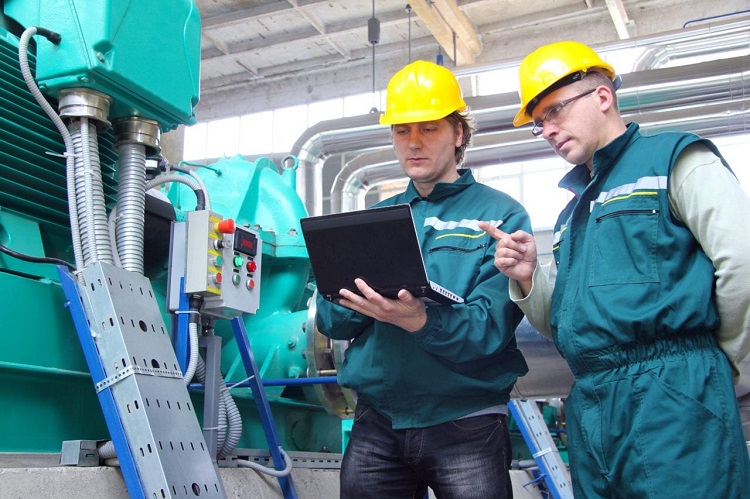Creating a safer workplace doesn’t start with rules or regulations—it starts with people. The behaviors, routines, and habits practiced daily by employees and employers form the backbone of a safe and productive environment. While safety policies are essential, it’s the consistent application of good habits that turns compliance into culture.
Table of Contents
Why Habits Matter in the Workplace
Habits are powerful. When safety protocols become second nature, employees act with caution and responsibility without needing constant reminders. From wearing personal protective equipment to checking machinery before use, these seemingly small actions add up to a major impact on safety.
Unfortunately, the same principle applies to bad habits. Complacency, shortcuts, or ignoring procedures can become routine if not addressed early. This is why investing in habit-building at every level of an organization is essential.
Leadership Sets the Tone
A culture of safety begins at the top. When management consistently models safe behavior, like following proper lifting techniques or wearing safety gear, it sends a strong message. Employees are more likely to adopt good habits when they see their leaders doing the same.
Leadership should also encourage open communication. Workers need to feel comfortable reporting hazards or admitting mistakes. Without fear of reprimand, issues can be addressed before they escalate into serious accidents.
Training Is More Than a One-Time Event
One-off safety meetings won’t change behavior. Instead, training must be ongoing and engaging. Short, regular safety reminders, toolbox talks, and interactive workshops help reinforce good practices. The goal is to move safety knowledge from the classroom into daily operations.
Habits form through repetition. When training encourages hands-on participation and practical exercises, workers are more likely to retain and implement what they’ve learned.
Recognizing and Rewarding Safe Habits
Positive reinforcement is a powerful motivator. Recognizing workers who consistently demonstrate safe behavior can encourage others to follow suit. Whether it’s through formal recognition programs, small incentives, or public praise, showing appreciation for safety-minded employees strengthens the culture.
It’s also important to provide constructive feedback when habits need improvement. Correcting unsafe behavior respectfully and promptly helps workers adjust without feeling targeted or embarrassed.
Creating Systems That Support Safe Choices
Even the best habits can fail in a poorly designed environment. Workplaces need systems and setups that make the safe choice the easy choice. For instance, clear signage, well-maintained equipment, and accessible safety gear can all encourage better practices.
Procedures should be regularly reviewed and updated. Involving employees in this process gives them a sense of ownership and ensures policies are practical and realistic.
Partnering with Experts for Long-Term Success
While internal efforts are vital, sometimes the best way to strengthen safety habits is by bringing in outside expertise. Working with Safety Compliance experts can provide businesses with valuable insights into industry standards, risk assessments, and practical strategies for developing a more robust safety culture.
These professionals offer fresh perspectives and can help tailor training programs, inspections, and compliance plans that fit your unique workplace needs.
Conclusion: Small Habits, Big Impact
Safety isn’t a one-time fix; it’s a continuous commitment. By focusing on building the right habits, companies can foster an environment where everyone takes responsibility for their actions. From leadership involvement to supportive systems and expert guidance, every element plays a role in shaping a workplace that prioritizes health, well-being, and long-term success.
Ultimately, it’s not just about avoiding accidents—it’s about creating a space where employees feel safe, valued, and empowered to do their best work every day.

